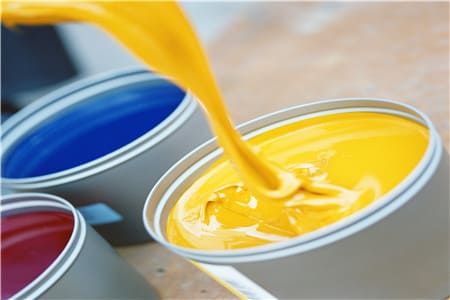Water-based paint is a paint that does not contain organic solvents and uses water as a diluent. Compared to other paints, water-based paint has no formaldehyde and is a more environmentally friendly paint. In addition, water-based paint can be divided into three types: water-soluble, water-dispersible, and water-diluted. In this article, we will introduce water-based paint, the advantages and disadvantages of water-based paint, and how to use water-based paint.
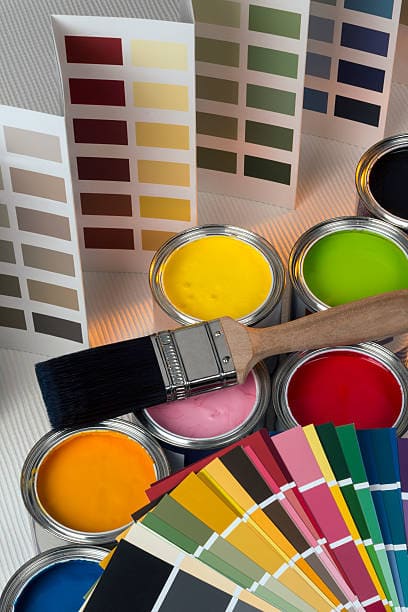
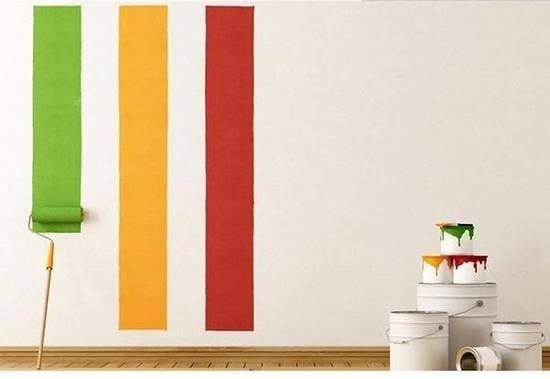
What Is Water-based Paint?
Water-based paint is a resin-based decorative paint that does not contain a variety of chemical dispersants. People usually use latex paint, which is also a kind of water-based paint. Water-based paint is ubiquitous in China, and the usage rate is very high. There are a variety of water-based paints, such as water-based wood furniture paint, interior and exterior latex paint, water-based wood wax oil, water-based outdoor wood paint and water-based plastic paint.
What Are The Advantages And Disadvantages of Water-based Paint?
The advantages of water-based paint
- Water-based solvents can eliminate the fire hazard during construction, reduce atmospheric pollution and improve the operating environment conditions.
- Water-based paint can be directly constructed in a humid environment and has good adaptability to the material surface and strong coating adhesion.
- Water-based paint can be cleaned directly with water, reducing the consumption of cleaning solvents.
- Water-based paint has good protection and corrosion resistance, and the salt spray resistance of thick film cathodic electrophoresis coating can reach 1200h.

The disadvantages of water-based paint
- Water-based paint has high construction requirements because the surface tension of water is high, and stains are easy to make the coating film produce shrinkage.
- The dispersion stability of water-based paint is poor, and when the flow rate in the conveying pipeline changes sharply, the dispersed particles will be compressed into solid particles.
- Water-based paint is corrosive to the painting equipment, and the equipment cost is high.

- Water-based paint has strict requirements for the construction environment, which increases the investment in temperature and humidity regulating equipment and energy consumption.
- The latent heat of water evaporation of water-based paint is large, and the energy consumption of baking is large.
The Use of Water-based Paint
1. Master the humidity
If the humidity exceeds 80%, it is not suitable for construction because it is easy to have problems such as the whitening of the paint film.
2. Clean up the good floating dust cleaning
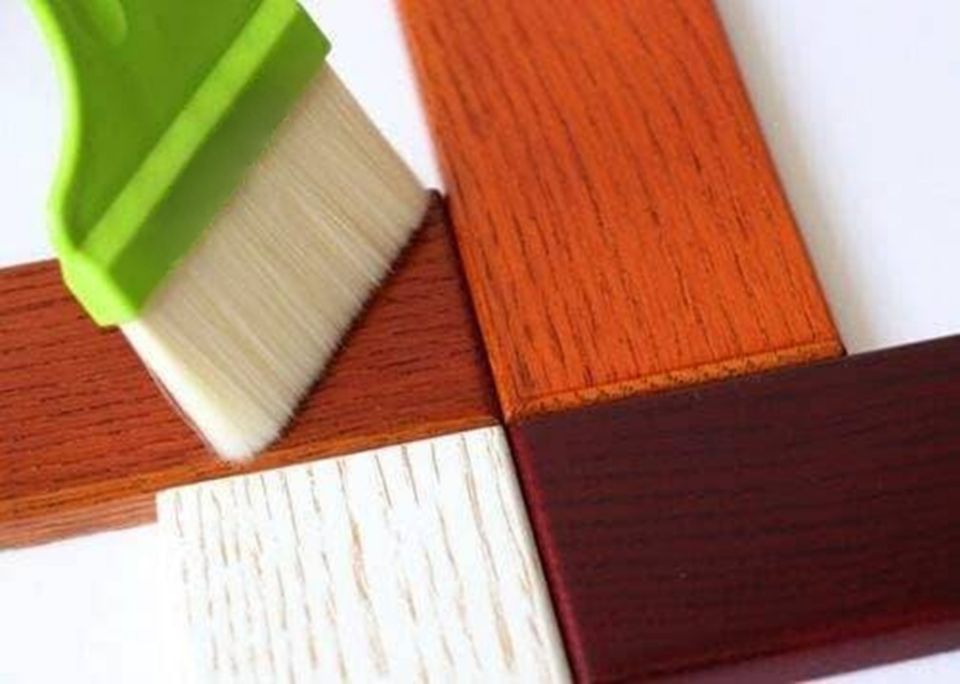
To regularly clean up the floating dust, and then keep the surface of the wood neat and smooth.
3. The temperature is suitable
To understand the temperature well, if the temperature drops below five ℃, it will prolong the drying time of the paint, and it can not be exposed to direct sunlight.
4. Brush paint procedure
When painting, pay attention to the impact of latex paint on the wall; generally, brush the wall and then brush after the construction of water-based paint.
5. Paint wood

Understand the wood material for hardwood can be painted directly; if it is general wood, do the substrate treatment with transparent putty before painting.
6. Coating grasp
Paint should be painted thinly rather than thickly, and when multi-layer painting construction is carried out, each coat should be constructed after the next layer is dry, and each coat should be sanded.
7. Construction on time
Mix well according to the proportion, then stir evenly, for stirring caused by the air bubble discharge before use; after the paint is proportioned, it shall be used up within 4 hours.
8. Pay attention to safety

When painting, pay attention to safety because the paint is flammable.
How to Wash Off The Water-based Paint?
- If your clothes are accidentally stained with water-based paint, you can immediately rinse them with water.
- Since water-based paint can cause eye irritation, skin allergy and other problems, immediately wash it with soapy water and water if the skin is accidentally stained.
- If the nylon fabric is stained with water-based paint, rub it with detergent and then rinse it with water. Generally, water-based paint is perfect for removing, so do not worry about removing it. But pay attention when cleaning to wear gloves to avoid hurting your skin.
How to Solve The Problem of Brush Marks When Painting with Water-based Paint?
How solve the brush marks problem of water-based paint belongs to the construction problem. Water-based paint brush marks when painting is a normal phenomenon, but we can avoid this situation during construction.
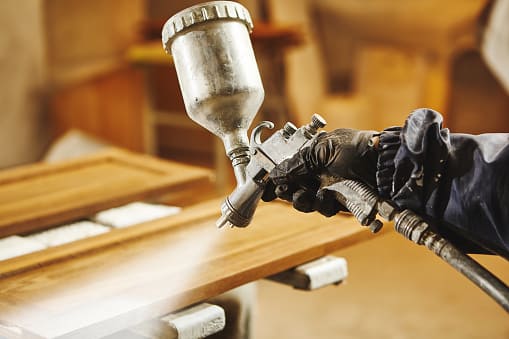
If you want to have no brush marks at all, choose to spray. Spraying construction is fast and can make the spraying surface smooth and flat; the effect is beautiful. Water-based paint spraying is recommended to use the gun with a calibre of 2.0mm for construction, and carefully check whether the gun is clean before spraying. The effect will be better if you filter the water-based paint with a filter before construction.

For brushing, the brush must be chosen correctly, and it is recommended to use a water-based paint brush (nylon paint brush) to reduce brush marks. Using a one-time paint brush to reduce the brush marks is recommended, and it is not recommended to repeatedly rub the brush back and forth.
If there are brush marks after construction, polishing cotton or fine sandpaper can lighten the brush marks.
Water-based paint rubbing problems generally do not recommend customers rubbing; water-based paint viscosity is very high, and rubbing words dry too fast to cause uneven colour, making the effect unsuitable!

Note: Water-based paint dilution, depending on the viscosity of the water-based paint you choose. It is recommended to add pure water dilution if it is very dense. But the maximum amount of water added should be at most 8%. If the water-based paint is too thin because of adding too much water, it will be easier to brush thick, and the flow rate is too fast, also more likely to appear the paint layer flow hanging phenomenon.
The above is the knowledge about water-based paint; I hope it can help you. Happy Painting!
